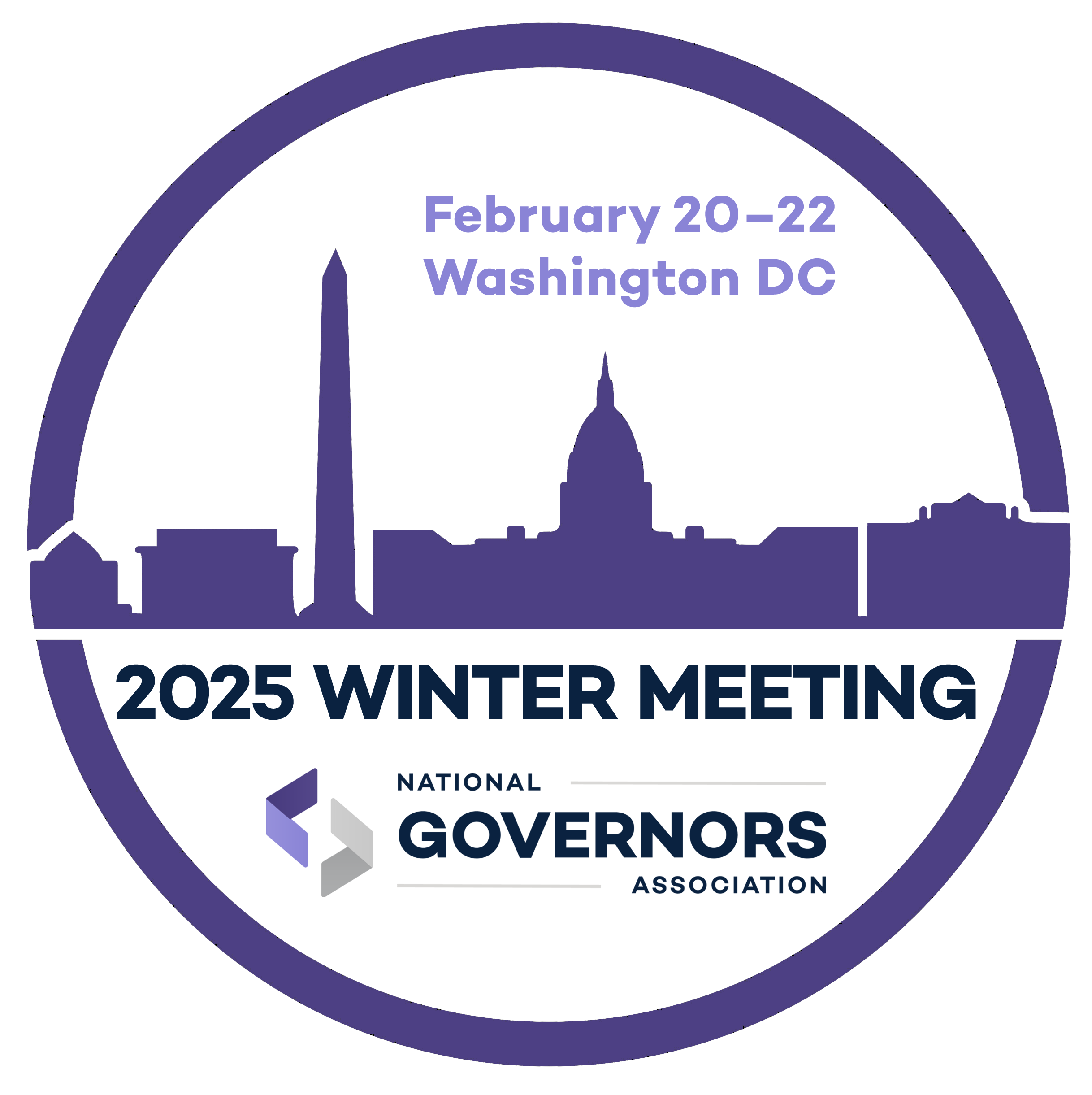On Wednesday, December 13th NGA hosted its fourth and final webinar in a four-part series highlighting innovative and replicable projects that are funded by the U.S. Economic Development Administration’s Travel, Tourism and Outdoor Recreation (TTOR) grant program. This fourth webinar focused on projects that have utilized existing outdoor assets to advance tourism and economic development, and featured the following projects and speakers.
Featured Projects
- Saline County, Arkansas, is preserving the Old River Bridge between Haskell and Benton, strengthening a crucial link in the Southwest Trail from Little Rock to Hot Springs.
- The Town of St. George, Maine, is investing in water recreation, tourism, fishing, and lobstering assets by expanding and improving their local pier and facilities.
- The State of Nevada is developing a multi-faceted tourism recovery plan which includes investments made through the Nevada Outdoor Recreation Infrastructure (NORI) grant program.
Speakers
- Matt Brumley, County Judge, Saline County, Arkansas
- Rick Erb, Manager of the Town of St. George, Maine
- Elisabeth Johnson, Deputy Administrator, Nevada Division of Outdoor Recreation
This is the fourth webinar, in a series of four webinars, highlighting innovative and replicable projects funded by the U.S. Economic Development Administration’s Travel Tourism and Outdoor Recreation. Watch the first webinar in the series here: Increasing Economic Resiliency Of The Travel, Tourism And Outdoor Recreation Sectors, the second webinar of this series here: Innovative Workforce Development Programs For The Travel, Tourism And Outdoor Recreation Sectors, and the third webinar in this series here: Advancing Equity In The Travel, Tourism, And Outdoor Recreation Sectors
Disclaimer: This webinar is being hosted by the National Governors Association using Federal funds under award ED22HDQ3070131 from the Economic Development Administration, U.S. Department of Commerce. The statements, findings, conclusions, and recommendations are those of the author(s) and do not necessarily reflect the views of the Economic Development Administration or the U.S. Department of Commerce.













